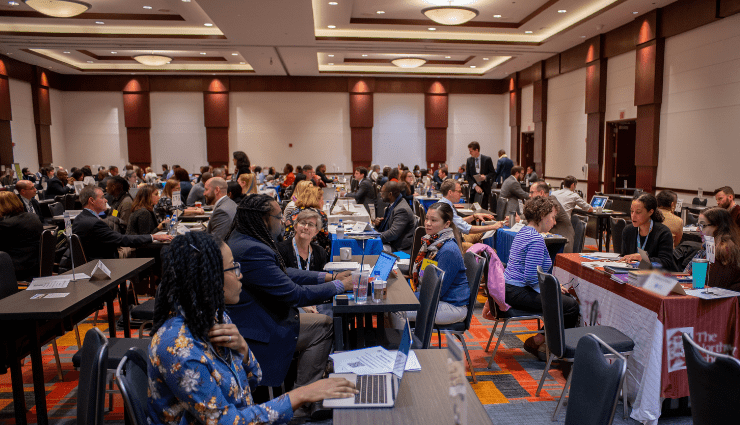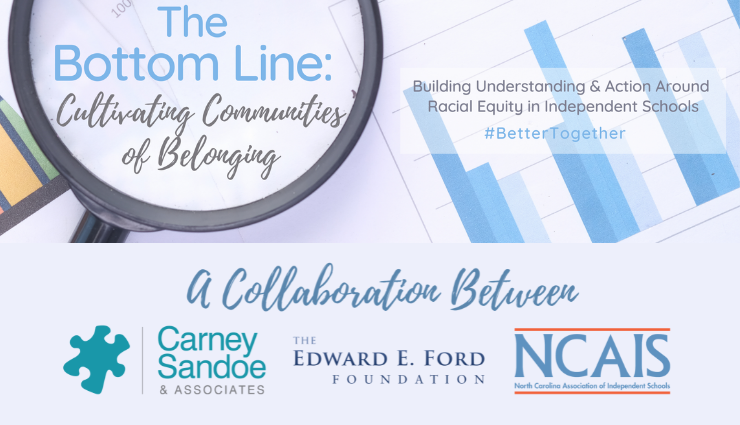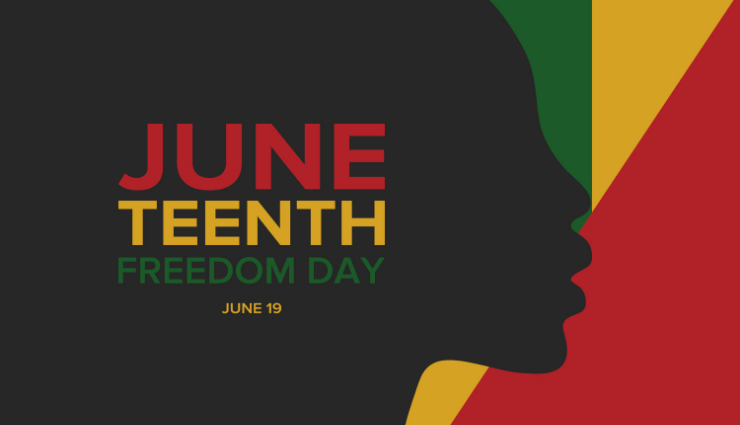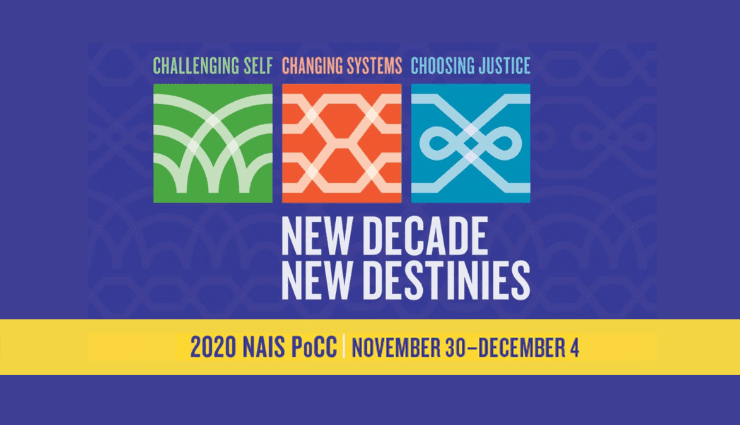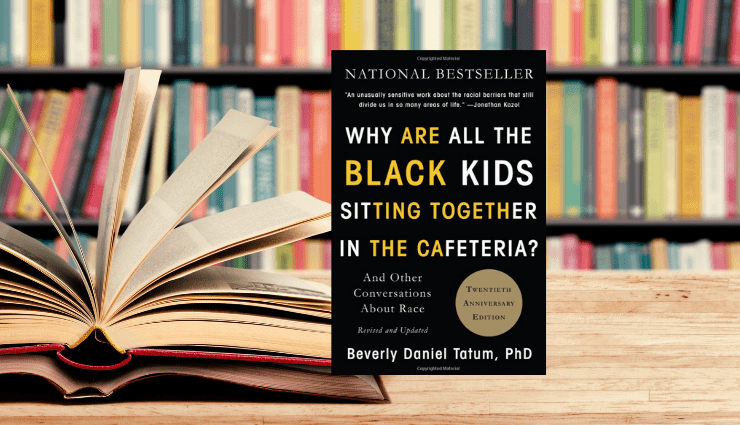Interrupting Implicit Bias in the Virtual Hiring Process
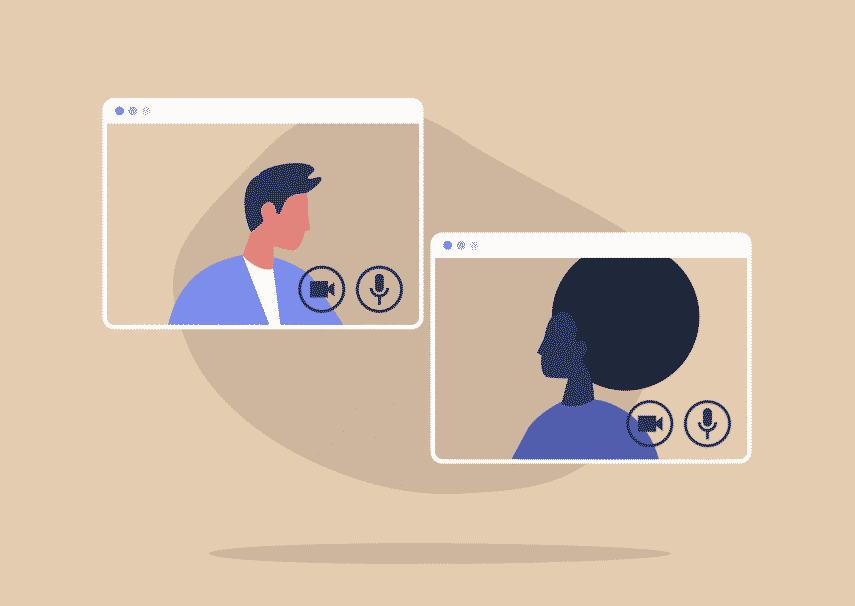
Welcome to the new normal, as abnormal as it is. The collateral industry responses to COVID-19, given required social distancing and working remotely, have forced most hiring managers to shift to a virtual process. Those of us in independent schools can decry this reality, or we can use the time to improve the efficacy of our recruiting and hiring.
As independent school budgets continue to shrink in response to the disrupted economy’s impact on tuition revenue, it will be necessary for schools to learn how they can save money in the hiring process as they expand the reach of their talent pools. The reality is that we will likely be recruiting and hiring virtually for at least the next 18-24 months. While acknowledging that these are challenging times in the extreme, I believe the forced shift in practice offers an opportunity to reexamine and improve the hiring process so that it’s simultaneously more economical, dynamic, and inclusive. If we design it well, virtual recruitment and hiring doesn’t have to be the abnormal that must be endured, but the new and improved normal.
By now, you have likely incorporated various forms of advice regarding the virtual hiring process—check the tech, fix your lighting, adjust your camera to eye level, find a quiet space, look presentable, etc. While this advice has its value, it primarily touches only on the question of etiquette during interactive sessions with candidates. Wise school leaders are also establishing detailed, multi-stage virtual hiring practices that they are applying uniformly for all positions. What I want to add to this evolving conversation is the importance of also addressing the implicit bias that tends to permeate every facet of the virtual recruitment and hiring process.
Let’s start by acknowledging that our schools are in very different places in their respective journeys with virtual hiring. For many international schools, virtual hiring is par for the course; for many domestic schools it’s a horse of a different color. Some independent schools have the personnel and time to dedicate to establishing a well-organized virtual hiring process. Others are winging it for now—hoping things will return to “normal” by summer or fall. Here, I’d like to address the later group—particularly by examining the perspective of schools or hiring managers who pose the question, “Why should our school invest time in a process that will disappear once school re-opens?
1. The Virtual Hiring Process is Our New Normal – With the understandable need to “flatten the curve” of infection and prevent it from flaring up again, border restrictions and travel bans will undoubtedly impact every school’s ability to recruit and hire international candidates. Domestically, each state has its own interpretation of what “shelter in place” looks like. Beyond that, the need to practice social distancing will more than likely render the “in-person” interview process unfeasible long after schools re-open. Schools that have not invested time and energy in developing a well-structured, inclusive recruitment and hiring process could find themselves critically understaffed in the coming year or struggling to find their candidates.
2. The COVID-19 Era is a Candidates’ Market – In a virtual hiring landscape, it’s easier for candidates to apply to numerous schools simultaneously—which also means that many high-quality candidates are able to secure competitive offers from more schools. In such a landscape, if your school has not developed a solid, inclusive, and welcoming process, you could lose out on these top candidates. Developing a wider and more diverse candidate pool has been the sounding alarm for years, but this COVID-19 era may be the first time in which failing to do so causes schools that have relied on the traditional candidate pools to suffer in an unprecedented way. Some schools that have never had to “sell” their schools to a candidate before—because of their impressive campus, personnel, students, and reputation—will now have to sell all four, virtually.
Given these essential points, it helps to understand how your school can use the virtual hiring process to also be a highly successful inclusive process. Here are a couple of ideas to wrestle with as you begin to develop an inclusive virtual process. The focus is on the twin goals of casting a wider candidate net and addressing implicit bias in hiring:
1. The Default Mechanism Will Fail – Many schools have pardonable skepticism about a virtual recruitment process and resist the idea of meeting a candidate for the first time after the candidate has been offered the job. The greater consequence, however, will be in not developing a viable virtual option. Without a virtual process, schools, among other things, will default to a more familiar, homogenous, and parochial pool of candidates—candidates with whom they share proximity, past employment, education, connections, etc. These factors, once considered standard, seldom lead to a more diverse candidate pool, an equitable process, or an inclusive paradigm for hiring. The long-term impact will not only be on the school’s DEI efforts but also on its academic quality and reputation.
2. More Paper Rounds – A virtual hiring process is not a rose without thorns. As school communities grow weary of the “Brady Bunch” gallery view of online interview platforms, they are asking for more writing samples in the initial evaluation process to supplement the digital process. This is a good idea. Too many of the best candidates fail to impress search committees deeply in the “paper round.” The reason for this is cultural. That is, it has less to do with a candidate’s expertise and qualities as a teacher or administrator and more to do with a candidate’s unfamiliarity with the kind of writing independent schools tend to favor. We often lose highly experienced—indeed, amazing—diverse candidates in our pools due to a gap in such preparation. Schools will be wise to seek out additional supplemental materials in the evaluation process that can help them assess all candidates equitably—before the school settles on candidates for the interview rounds.
3. Who’s Camera Ready? – As we move to a virtual hiring process, we need to examine not just our personal and professional biases that can surface in any hiring practice but those that can become amplified in a virtual setting. For those who are interviewing candidates online, the following are a few areas, among others, to interrogate:
- What are my cultural experiences with people who are highly animated? What about candidates who are more reserved? Do I think that more animated candidates are less professional? Do I see reserved candidates as distant or disinterested?
- How do I feel about candidates with strong “foreign” or regional accents? Do I have a bias toward candidates who sound like me? Do I make assumptions about a candidate’s skills and experience based on the way the candidate speaks?
- What implicit expectations do I place on women candidates? If a woman smiles, do I find her more interested in the opportunity? If she doesn’t smile, do I think she’s unfriendly or disconnected?
- With our LGBTQIA, gender non-conforming, and non-binary candidates, am I jumping instantly to worry about community “fit”?
- What accommodations does my school make for candidates with learning differences or those who are differently abled? How am I factoring in these differences when filtering for candidates to move on to the next hiring stage?
- Particularly with so many working from home now, am I considering how candidates’ access to (or lack of access to) childcare impacts their ability to interview for more than 45 minutes at a time? How am I responding to unexpected interruptions in the conversation?
As you see, there are a number of reasons to lean into the discomfort that a virtual hiring process will undoubtedly bring. There are also many nuances to consider—and pitfalls to avoid—if you want this new normal to also be equitable and inclusive. Much of this work boils down to thoughtful anti-bias training for all those involved in hiring—virtual or in-person—with crystal clear goals regarding what the school is looking for in each open position. While we all may be isolated, we’re not in this alone.
Brandon Jacobs is Practice Leader of our Diversity, Equity, Inclusion, and Belonging Consulting Practice.







